The Changing Triplicity – Part 17 of The Chemistry of Time
For most of us, life was going along quite normally for decades until 2020 when things began to shift significantly. The events early in that year marked a dramatic change for people in terms of the pace of daily life and made things that once seemed impossible in our modern times suddenly very real and present. Upon reflection four years later it is quite easy to see the destructive quality of it all. For someone born in the 1970’s an entire life had been formed and lived based upon certain expectations of stability when all of the sudden it appeared to unwind and come undone. It is tempting to blame this on events, but as discussed in the previous chapter the events are really a kind of symptom and it is the era which is to blame for this alteration to the parameters. What brought about these changes and what do they mean going forward?
As we have learned, the calendar tracks many cycles and periods of time concurrently and it is necessary to understand them together in order to know the nature of the times. The system shows us how to measure the cycles and how to weight their relevant importance to the elemental formula that creates the given moment. One of the things it tell us about is the importance of a particular cycle – that of the two largest and most distant visible planets in the sky, Jupiter and Saturn. As the most distant of objects the time between their meetings in the same location of the sky is the longest of the visible planets and as such is said to describe the parameters of the times. Jupiter is known to “confirm” and Saturn is known to “define limits.” If you look at the combination of these two elements it is easy to see how they together can be responsible for the outlines or foundation of a time period. This cycle has been tracked and documented for thousands of years and is well established as the baseline, era-defining calendar piece. This is known as the “Great Conjunction” and it comes around every twenty years as the twelve-year long cycle of Jupiter catches up to the 29.5 year long cycle of Saturn. But the system tells us that there is an additional pattern beyond those nice twenty-year brackets – and it is one that is very relevant to us all today.
Let’s take a look at the Jupiter-Saturn conjunction of May 28, 2000, which covers the twenty-year period that was to follow:
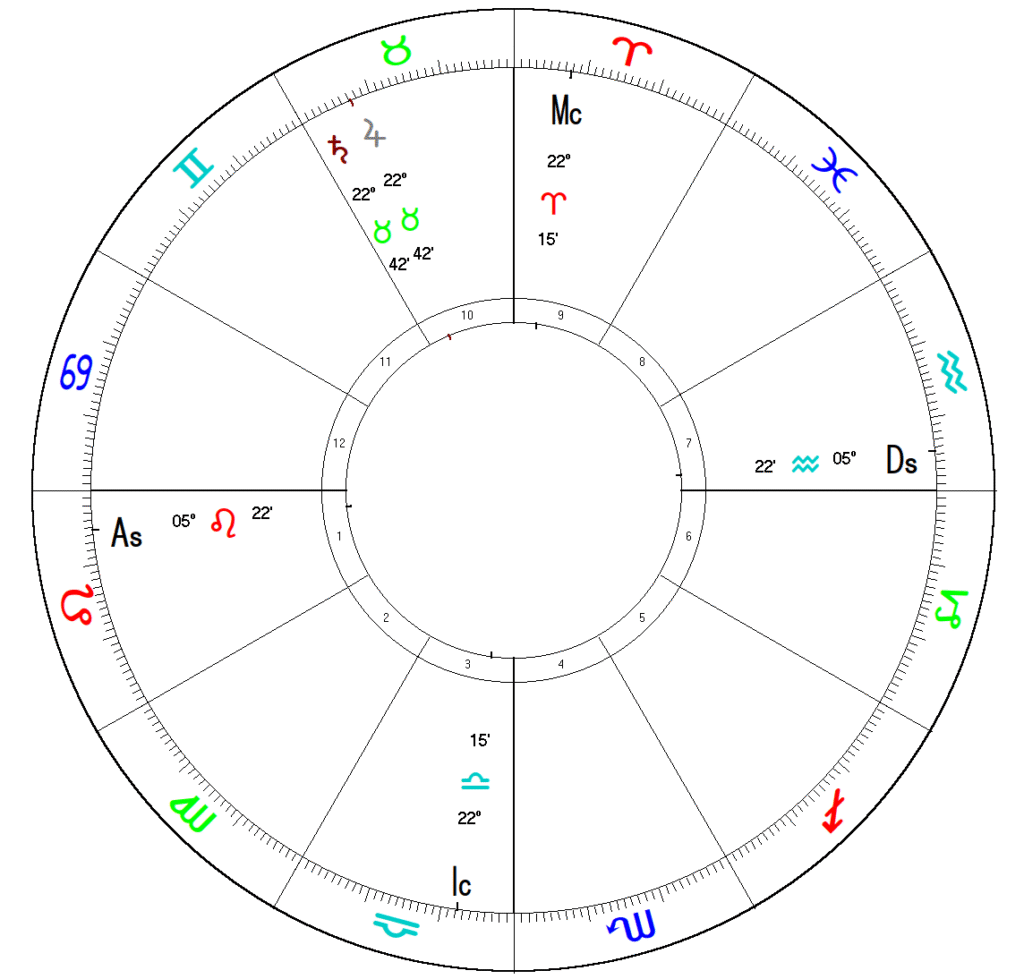
We see that Jupiter (the gray “4”) and Saturn (the red “h”) met on this day at the 22nd degree of Taurus. Taurus is of the triplicity of Earth and is a fixed sign ruled by the planet Venus. The system tells us to expect a twenty-year period that is substantially of this character is to follow. If we wish to anticipate what that will look like we can look up the previous time these two planets were conjunct in this sign – August 7, 1940.
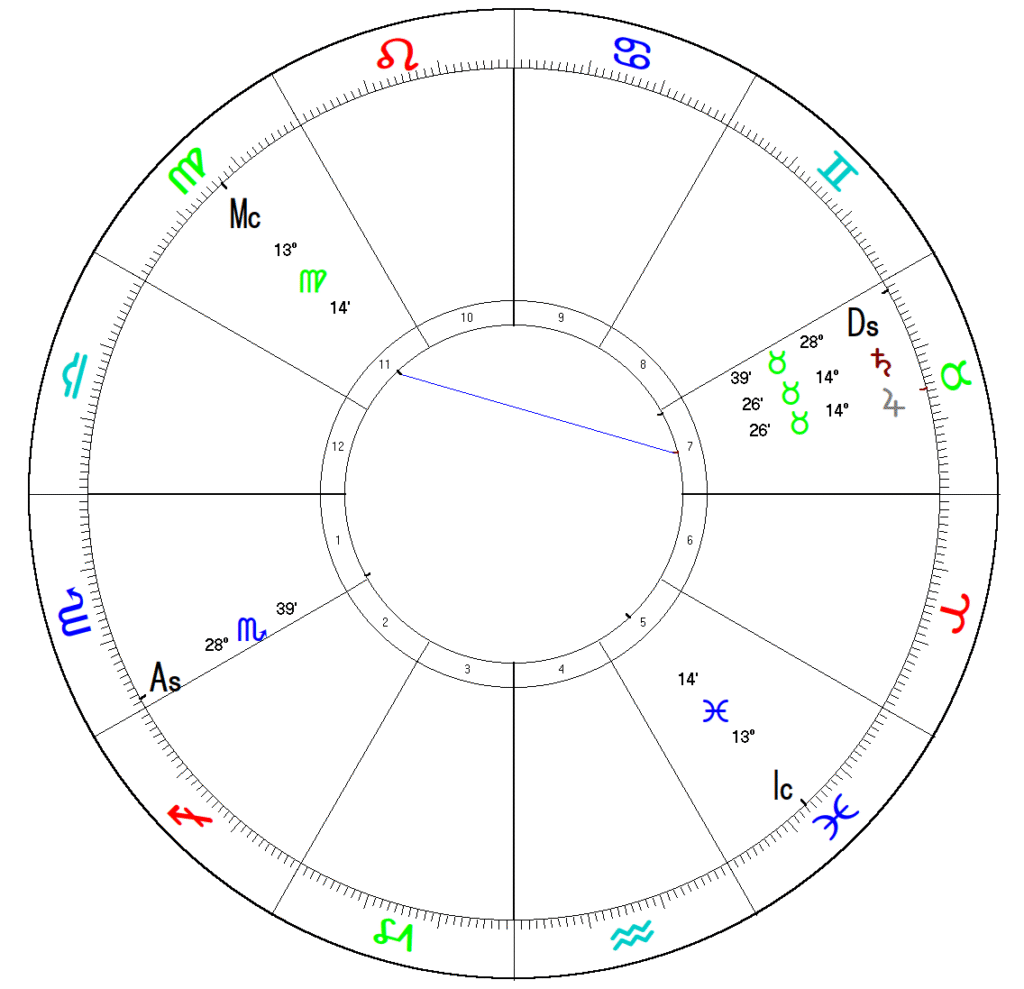
As these two planets form the core backdrop of the era it is to be expected that the era of the 1940’s and the 1950’s would show great similarity to that of the 2000’s and 2010’s. The specter of a great war which dominated the first few years of the 1940’s could make you dismiss this similarity – but what was going on the early 2000’s? In the United States this is the period of 9/11 and the subsequent invasions of Afghanistan and Iraq. Notably the attack on Pearl Harbor about 16 months after the Jupiter-Saturn conjunction was the triggering event for the war activity of the early 1940’s. Alarmingly similar is the 9/11 attack about 16 months after the Jupiter-Saturn conjunction which was the triggering event for the war activity of the early 2000’s. A deeper examination of these two eras will reveal many more parallels, but that is another topic from ours today. What is more remarkable is that these two planets – which only meet once every twenty years – managed to meet in more or less the same place just sixty years later, and that is the result of a pattern which most concerns us today. It is illustrated below as documented by Johannes Kepler in 1606:
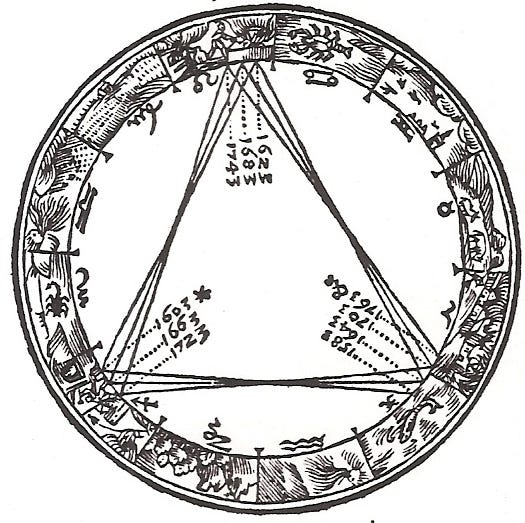
This pattern shows that successive Jupiter-Saturn conjunctions will occur in the same triplicity, moving about eight degrees per year until it moves into the following triplicity after ~200 years. During this time, all Jupiter-Saturn conjunctions will form in the same type of signs, providing a common foundation to each twenty-year era for that time period. In order to distinguish between these twenty-year eras and these longer triplicity periods we will refer to them as ages. For reference, here is a chart showing the ages for the past one thousand years:

The first thing you should notice is that there are transitional periods between the ages. After approximately 150 years of an age we get an era which is in the following triplicity. We then revert back to the previous triplicity, before moving fully into the new age. This interstitial period lasts between 40-60 years and serves to introduce the themes of the new age that is coming before returning to the core triplicity of the age for a wrap-up era. A further notable factor is that when each new age begins, the first conjunction after the interstitial will (usually) occur in the sign that follows in the zodiac from the last age. This provides a nice naming convention for the age – as shown here:
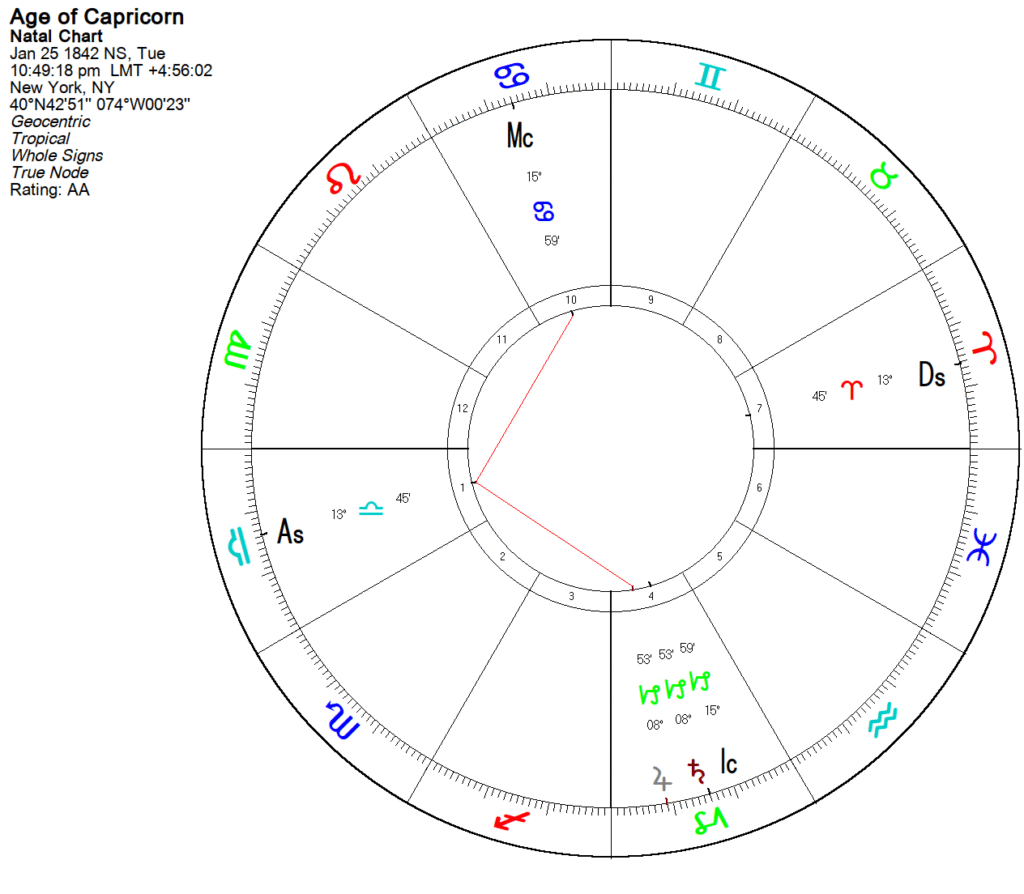
On January 25, 1842 we entered the Age of Capricorn. It followed the Age of Sagittarius, which followed the Age of Scorpio, ad infinitum (below is a labeled chart with the start date for each of these ages). Finally, because the triplicities proceed in sequence the first conjunction of Jupiter and Saturn in a new triplicity is not just a twenty-year era marker, nor just a 200-year age marker. Rather it marks the return to a time which last occurred approximately 800 years prior. In our case, the Age of Aquarius which has begun on December 21, 2020 returns us to elemental combinations which have not been seen since the year 1226, when the previous air-triplicity Age of Libra began.

The nature of the calendar regarding the conjunctions of Jupiter and Saturn should be sufficiently clear. It is the nature of the system in this respect which informs us about what to expect. Given what we know about the territorial elements that are the zodiac signs, and given that we know about the active elements that are the planets involved, we should be able to infer something about the formula for each of these periods of time which allows us to distinguish their characteristics. First and foremost, we should consider the triplicity of the signs where Jupiter and Saturn meet. What is the nature of an earth sign as opposed to an air sign? Water or fire? It is because these two planets are forming the parameters of our Age that this question is of fundamental importance. What is being shown by Jupiter and Saturn is what becomes substantial during that Age, and the triplicity of the sign is the most fundamental difference between one Age and another. As such we can discern that in our recently passed Age of Capricorn what became substantial – what mattered – was set by the characteristics of Capricorn. We should expect to see an era defined by hard work, government, morality, money, materials, ambition, and practicality. Capricorn is a builder and a climber which sizes up the situation as it is and responds to it accordingly. It is the most practical of signs and the most concerned with material, physical manifestation and substance. An Age defined by Capricorn should be characterized by development, defining physical boundaries, building of things and machines, wealth generation, the organization of government, management, engineering, and politics. Now ask yourself – did the era between 1842 and 2020 show any characteristics consistent with these themes? The answer is YES, it very much did, and the better you understand Capricorn and the better you understand the times in question the clearer that answer becomes. A good way to improve your understanding here is to look at the other eras and the signs under which they are being defined. What differentiates the era of Sagittarius from the era of Capricorn? How did what mattered to people in those times seem to differ? Why did things which were important and fundamental in 1475 seem to be less important in 1927, and how did the change in the times alter the events in the world as a result?
The insights into history offered by this piece of the calendar are legion. Take a moment to consider that before we proceed to our present moment, at the dawn of the Age of Aquarius.
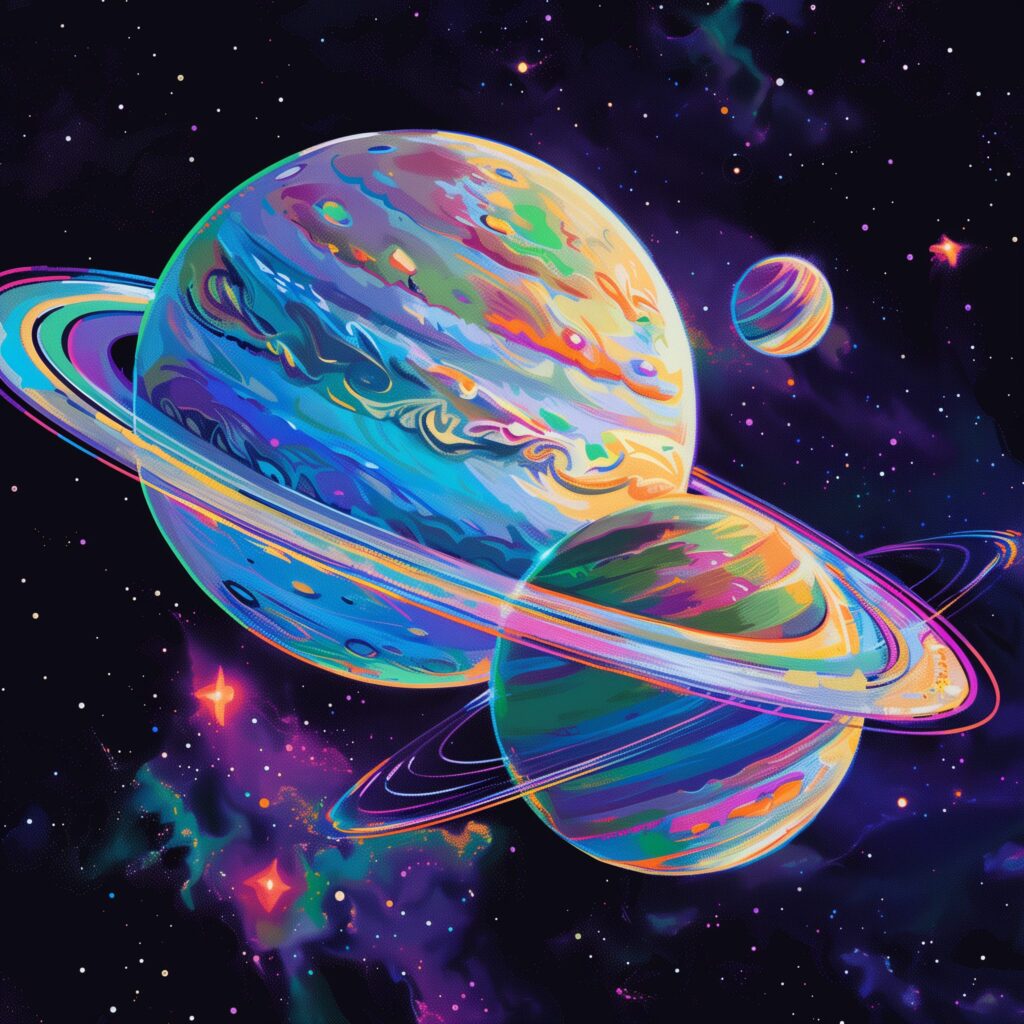
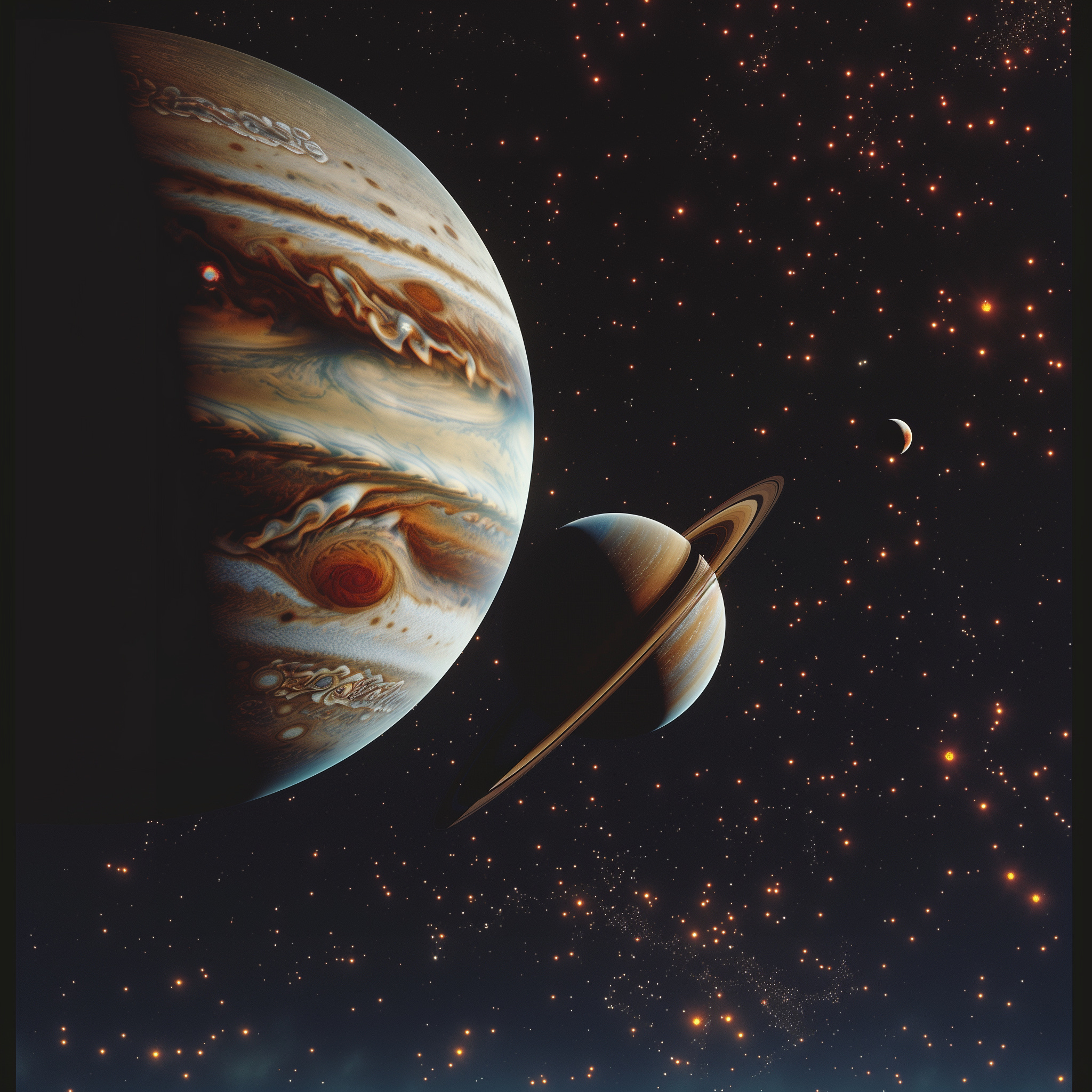
Leave a Reply